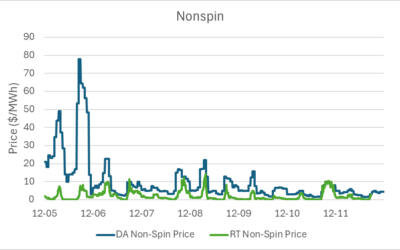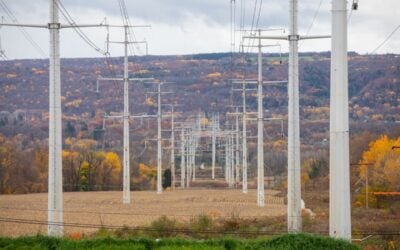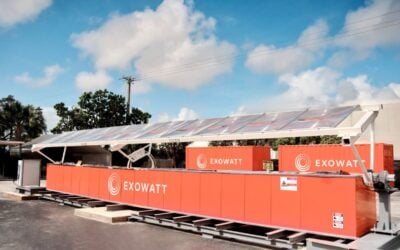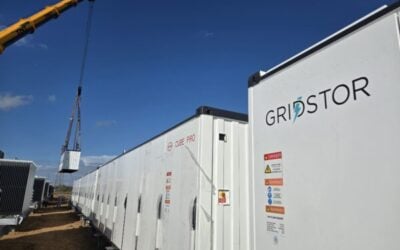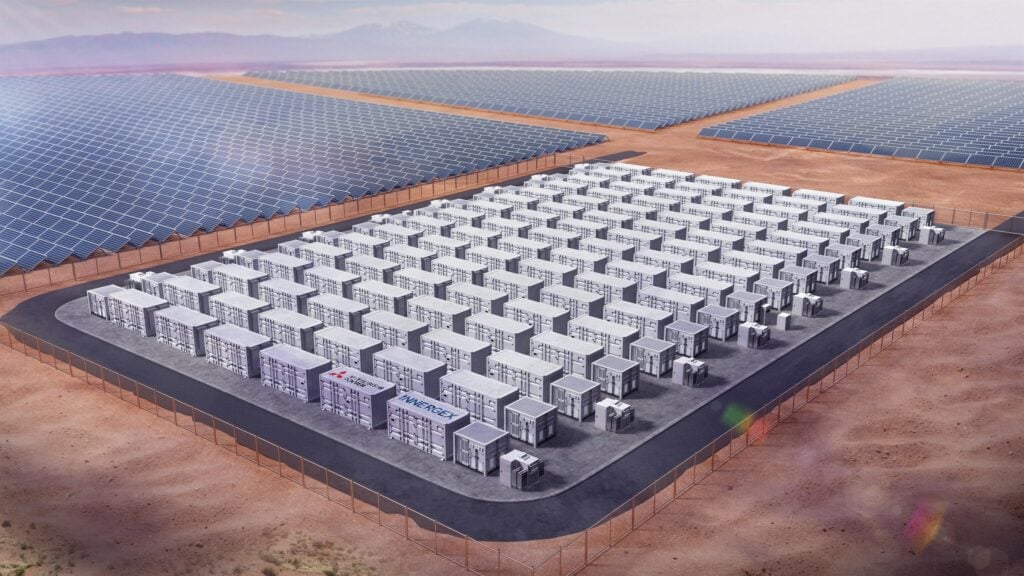
The Inflation Reduction Act could “suck the oxygen out” of the Latin American (LatAm) energy storage market, the CEO of pan-American energy storage firm On.Energy said.
Other than Chile where gigawatts of energy storage co-located with solar PV are being built in light of changes in regulation, the grid-scale energy storage market in LatAm has been very quiet. This is largely down to slower penetration of renewable energy into countries’ generation mix than in other parts of the world, On.Energy CEO Alan Cooper told Energy-Storage.news.
And the US’ federal support for its domestic energy storage sector in the shape of the Inflation Reduction Act’s (IRA) new tax credit incentives could risk clipping the wings of the grid-scale market further south.
“The IRA for at least for the next couple years may have sucked the oxygen out of the room in LatAm in terms of access to capital markets for opportunities, because the returns have now equalised in North America to what you can expect in Latin America in most cases.,” Cooper said.
Try Premium for just $1
- Full premium access for the first month at only $1
- Converts to an annual rate after 30 days unless cancelled
- Cancel anytime during the trial period
Premium Benefits
- Expert industry analysis and interviews
- Digital access to PV Tech Power journal
- Exclusive event discounts
Or get the full Premium subscription right away
Or continue reading this article for free
“So, from a capital markets standpoint, if you can deploy projects with 10% to 15% returns in ERCOT, why take a risk in a market like Colombia or Brazil right? I think that some of that is certainly an obstacle for Latin America moving forward.”
On.Energy is active in five countries across North and Latin America: the US, Peru, Honduras, Colombia and Mexico, but Cooper was keen to emphasise that the big focus going forward is the US.
“We’ve decided to focus on the US market alongside markets we’ve already developed in Mexico, Peru and Chile. The IRA has really validated that strategy,” Cooper said. He described Chile as “the next frontier” for the LatAm market.
For the US, the company has chosen to target the 9.9MW ‘distributed play’ segment in Texas, ERCOT, which developer Available Power told Energy-Storage.news had ‘fewer eyes’ on it than large-scale opportunities. On.Energy raised US$100 million in financing for this in August as the IRA passed.
In Honduras, On.Energy is deploying a 2.5MW BESS hybridised with a renewable generation unit to allow the owner to provide frequency regulation services to the local ISO. In Colombia, On.Energy has deployed a project in partnership with global utility Enel, mainly providing resiliency to a commercial & industrial (C&I) customer.
Its most active market in South America is Peru, On.Energy’s “beachhead market with over 20 installed projects,” Cooper said, plus a big pipeline of upcoming projects. Political challenges and currency issues have slowed the market somewhat but it remains a key focus for the firm going forward, he added.
He explained that Peru uses a similar rate structure to that in Ontario, Canada, where single 15-minute intervals of peak demand can determine 40-50% of a large electricity users’ monthly utility bill. Just as in Ontario, this has created a big opportunity for behind-the-meter C&I-located BESS units combined with intelligent forecasting and dispatching to avoid those high charges.
On.Energy is also very active in the C&I market in Mexico, which country manager at the time David Fernandes talked to Energy-Storage.news about two years ago, since which he has become company CFO. Manufacturing and other electricity intensive industrial activities taking place in the country require good quality and reliable power, which BESS can help provide in the face of a weak grid, Fernandes said.
We also exclusively reported in November 2022 that the firm was deploying BESS units at airports across LatAm totalling 39MWh.
Grid-scale projects are happening in LatAm outside of Chile, just at a much slower rate than the US, Europe or Asia.
At the start of 2023, Energy-Storage.news reported on the latest developments for a 1GW PV, 190MW battery storage project being launched by the government in Mexico. Two months later, investor PASH Global told Energy-Storage.news it was targeting 40MWh of co-located battery storage in Paraguay.
Last year saw the inauguration of Brazil’s largest project to-date, a 30MW/60MWh non-wires alternative for transmission system operator ISO CTEEP, while a 34MWh tender in Guyana was launched at the end of the year too.


